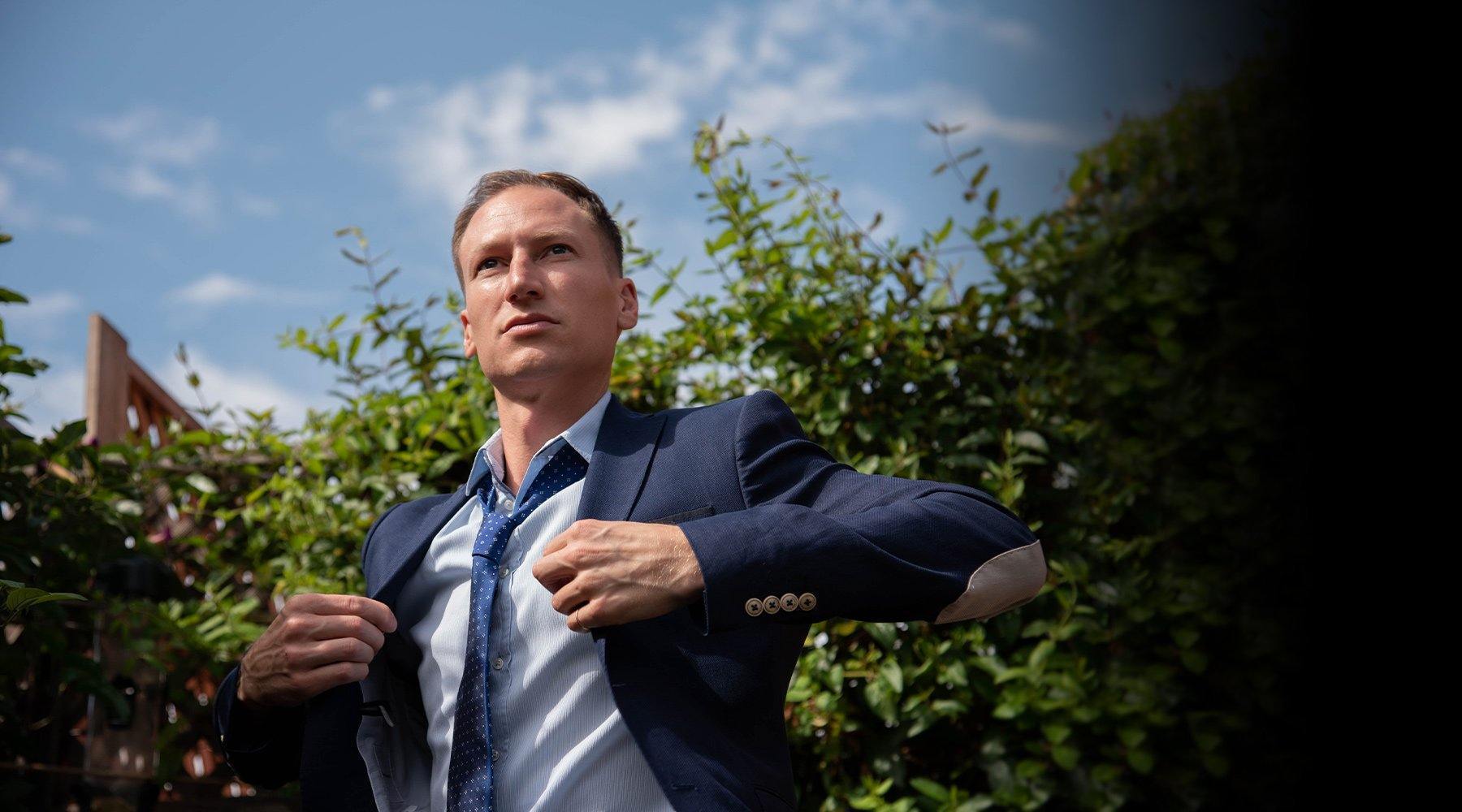
Trust the Adventure: Christopher Santacroce
Every man should have a code. Whether it's for style or getting up in the morning, a personal philosophy guides you and takes you where you want to go. Read about Christopher's motorcycle expedition to Panama and the mindset that shapes dreams into reality.
Image Credit: Taryn Weitzman of HerAperture.com
In 2011, managing a constantly shifting archive of profoundly valuable works of art for Christie’s Auction House in New York, NY, Christopher Santacroce quietly set a personal goal. He soon moved into the cheapest one-room apartment he could find in Brooklyn to begin saving money. He did research, studied maps. Eventually, he bought a Kawasaki KLR650 dual sport motorcycle and proceeded to learn how to upgrade, repair, and ride it. And then, about a year later, with a close friend, he rode out of Brooklyn and into three challenging and life-altering months all the way to Panama.

In some ways Chris seemed destined for such a trip. He was raised, well, everywhere: New Mexico, Texas, Maine, Washington, Oregon, Michigan. The inspirational environment of Earlham College eventually took him to Indiana. Then it was Queens and Brooklyn, New York. Today, for now, he lives in Los Angeles. And road trips have taken him to every state in the U.S. but one. This has created a complex personal identity, a difficulty identifying with any particular American sub-region. But it’s also created a person who wakes up, feels grateful, and thinks some version of: Let’s go. Let’s make something of it.

This has shown itself in all kinds of ways. By his own labor and often with found and upcycled materials (pallet wood raised garden!) Chris completely transformed his dusty LA backyard over the last year or two into a beautiful, welcoming space and garden. He walled in a patio to serve as a studio for silkscreen pressing and other “unique inspired goods” for his Twelve14designs.com. He co-raised and lovingly trained Bear and Stormy, two of the best pitbulls on the planet. He’s gone skydiving. In New York he even played cello in a grumpy psychedelic rock band. And Chris is anything but grumpy.



Most enthusiastic so far, however, was heading out on that motorcycle. The trip—through the southern U.S., into Mexico at Nogales, AZ, and down its whole length into Central America—was, as one would imagine, profound. At its heart was months of curiosity and kindness from total strangers. “The people in Mexican and Central American cultures were so generous and amazing,” he explains.

But Chris also learned some things about himself. First, simply the exhilaration of “going for it.” No more warehouse days in New York. Second, the importance of preparation. “All that time planning routes, learning to ride the bike, fix the bike, to really come to know the bike, proved to be incredibly valuable.”
This doesn’t mean there weren’t challenges or concerns. Two people on motorcycles in the middle of Mexico certainly included what Chris understatedly refers to as “some dangerous riding.” But because there was a plan, and contingency options, much of the trip paradoxically brought a sense of calm.
These days, Chris manages The Hopper Art Trust in Los Angeles, an archive of the artistic work of famed actor and artist Dennis Hopper. Primarily known for his photographs, iconic photos from 1961-67, like the infamous shot of Andy Warhol with a flower, Hopper also worked in sculpture and painting. As the archivist, Chris coordinates the organization, viewings, loans, and travel of the work. He also has fascinating access to the 35mm negatives and contact sheets as he assists with selections for the third in a series of photographic books.

But Chris is always open to what might come next and takes very seriously what he calls “the challenge to receive.” This is not a passive waiting or some hopeful wishing. Chris believes in an effortful being ready. This begins each morning, as he allows yoga and meditation to help open and articulate his intentions, his goals, and even minigoals for the day. “Doing things consistently is difficult,” he explains. “But establishing a rhythm, a routine, that creates a lifestyle; that’s how you shape dreams into reality.”














